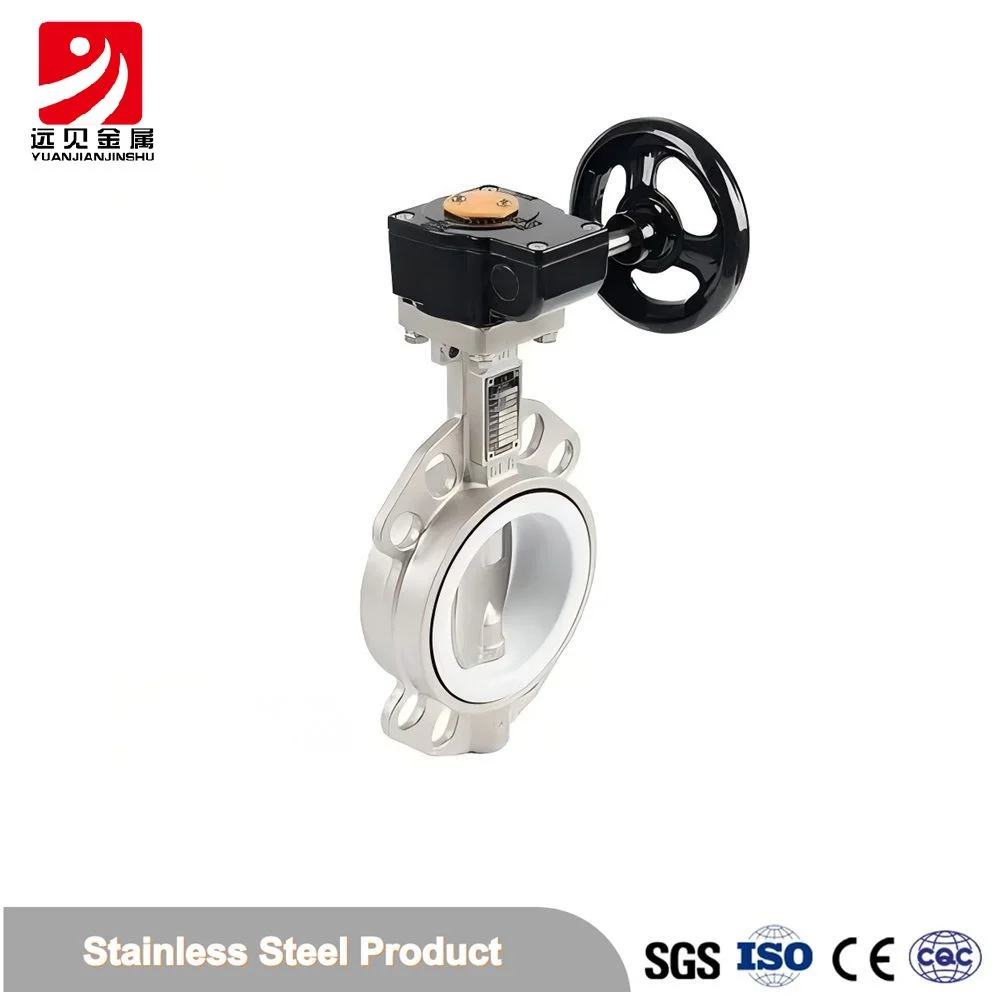As consumers and industries increasingly prioritize environmental responsibility, understanding the sourcing and sustainability of natural products like Red Deer Camphor has become essential. Camphor, a versatile compound widely used in pharmaceuticals, aromatherapy, and pest control, can be derived both naturally and synthetically. Ensuring that its production aligns with sustainable practices not only protects the environment but also guarantees consistent quality and supply.
This article explores the critical aspects of sourcing and sustainability surrounding Red Deer Camphor and highlights how Ji'an Dongqing Technology Co., Ltd., a leading manufacturer of natural and synthetic camphor and related products, is advancing responsible production.

What Is Red Deer Camphor and Why Does Sourcing Matter?
Red Deer Camphor is a specific form of camphor known for its purity and efficacy. Traditionally extracted from the wood of camphor trees, its natural production depends heavily on forest resources. Unsustainable harvesting can lead to deforestation, loss of biodiversity, and depletion of raw materials.
Therefore, companies sourcing Red Deer Camphor face the challenge of balancing industrial demand with environmental stewardship.
Natural vs. Synthetic Camphor: A Sustainable Perspective
Natural Camphor:
-
Extracted from the camphor laurel tree (Cinnamomum camphora), primarily found in East Asia.
-
Requires careful forestry management to avoid overharvesting.
-
Benefits include a renewable source and minimal chemical processing.
-
Potential risks involve habitat disruption if sourced irresponsibly.
Synthetic Camphor:
-
Produced through chemical synthesis, often from turpentine or other petrochemical derivatives.
-
Provides a consistent, scalable alternative to natural camphor.
-
Can reduce pressure on natural forests.
-
However, synthetic production must manage chemical waste and energy use to minimize environmental impact.
Ji'an Dongqing Technology Co., Ltd. produces both natural and synthetic camphor products, enabling flexible sourcing strategies that optimize sustainability and supply stability.
Sustainable Practices in Camphor Production
Leading manufacturers implement sustainability through several key approaches:
-
Responsible Raw Material Sourcing
-
Ensuring natural camphor is harvested from certified forests with replanting programs.
-
Collaborating with suppliers who adhere to ethical environmental standards.
Eco-Friendly Manufacturing
-
Employing clean technologies to minimize emissions and waste.
-
Recycling and safely disposing of chemical byproducts in synthetic camphor production.
Quality Control and Traceability
-
Monitoring supply chains to ensure transparency and reduce environmental risks.
-
Guaranteeing product purity and consistency without compromising sustainability.
Ji'an Dongqing Technology Co., Ltd. integrates these principles into their operations, delivering a broad range of camphor and related chemical products—including naphthalene and dichlorobenzene series—with high environmental and quality standards.
Why Sustainability in Camphor Matters for Your Business
-
Regulatory Compliance: Governments are tightening regulations on sourcing and chemical manufacturing, making sustainable sourcing essential for legal operation.
-
Consumer Trust: Increasing consumer awareness about environmental impact means that sustainable products have better market acceptance.
-
Long-Term Supply Security: Sustainable practices protect raw material availability and reduce risks from resource scarcity or supply chain disruptions.
-
Corporate Social Responsibility (CSR): Adopting green practices strengthens brand reputation and aligns with global sustainability goals.
About Ji'an Dongqing Technology Co., Ltd.
Ji'an Dongqing Technology Co., Ltd. is a pioneer in the production of anti-moth products, natural and synthetic camphor series, as well as naphthalene and dichlorobenzene chemical products. Committed to innovation and sustainability, the company emphasizes high-quality manufacturing combined with environmentally responsible sourcing.
Their advanced technologies and strict quality systems ensure that clients receive reliable, eco-friendly camphor products suitable for pharmaceuticals, pesticides, fragrances, and more.
Conclusion
Sourcing and sustainability are vital considerations in the production and use of Red Deer Camphor. By understanding the differences between natural and synthetic camphor and prioritizing responsible manufacturing, businesses can support environmental protection while maintaining product quality.
Partnering with reputable manufacturers like Ji'an Dongqing Technology Co., Ltd. helps ensure that your camphor supply is sustainable, traceable, and compliant with evolving industry standards—empowering your business to meet both market demands and ecological responsibilities.
www.naturecamphor.com
Ji'an Dongqing Technology Co.,Ltd.


